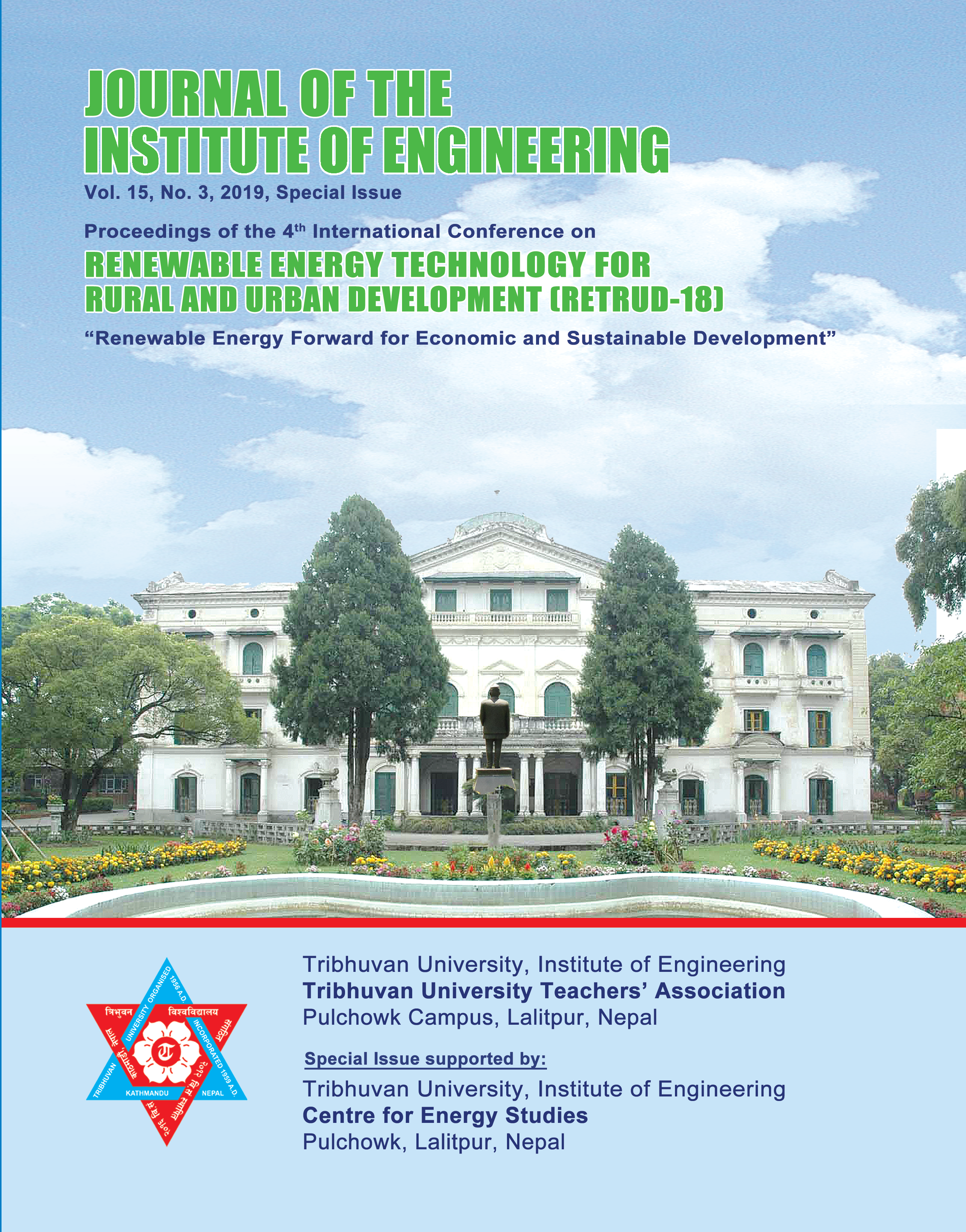Importance of Behavioral Adjustments for Adaptive Thermal Comfort in a Condominium with HEMS System
DOI:
https://doi.org/10.3126/jie.v15i3.32175Keywords:
HEMS, Thermal Comfort, Air Temperature, Occupants’ Behaviors, Window OpeningAbstract
The energy use in residential dwellings has been increasing due to increasing use of modern electric appliances to make the lifestyle easier, entertaining and better. One of the major purposes of indoor energy use is for improving indoor thermal environment for adjusting thermal comfort. Along with the use of passive means like the use of mechanical devices, the occupants in any dwellings use active means such as the use of natural ventilation, window opening, and clothing adjustment. In fact, the use of active means when the outdoor environment is good enough might be more suitable to improve indoor thermal environment than the use of mechanical air conditioning units, which necessarily require electricity. Therefore, the people in developing countries like Nepal need to understand to what extent the occupants can use active means to manage their own indoor thermal comfort. The use of active means during good outdoor environment might be an effective way to manage increasing energy demand in the future. We have made a field survey on the occupants’ adaptive behaviors for thermal comfort in a Japanese condominium equipped with Home Energy Management System (HEMS). Online questionnaire survey was conducted in a condominium with 356 families from November 2015 to October 2016 to understand the occupants’ behaviors. The number of 17036 votes from 39 families was collected. The indoor air temperature, relative humidity and illuminance were measured at the interval of 2-10 minutes to know indoor thermal environmental conditions. The occupants were found using different active behaviors for thermal comfort adjustments even in rather harsh summer and winter. Around 80% of the occupants surveyed opened windows when the outdoor air temperature was 30⁰C in free running (FR) mode and the clothing insulation was 0.93 clo when the outdoor air temperature was 0⁰C. The result showed that the use of mechanical heating and cooling was not necessarily the first priority to improve indoor thermal environment. Our result along with other results in residential buildings showed that the adaptive behaviors of the occupants are one of the primary ways to adjust indoor thermal comfort. This fact is important in enhancing the energy saving building design.
Downloads
Downloads
Published
How to Cite
Issue
Section
License
The Copyright is held by Journal of the Institute of Engineering, IOE, TU




